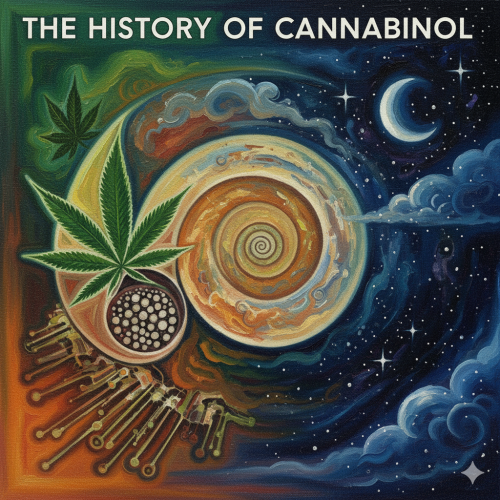Cannabinoids are fascinating compounds that interact with the human body in ways that are only beginning to be fully understood. While most people are familiar with THC and CBD, the world of cannabinoids is far more complex and intriguing. Here are seven little-known cannabinoid facts that might surprise you.
1. There Are Over 100 Cannabinoids in Cannabis
While THC and CBD are the most well-known cannabinoids, the cannabis plant contains over 100 different cannabinoids. These include lesser-known compounds like CBG (cannabigerol), CBC (cannabichromene), and THCV (tetrahydrocannabivarin), each with unique properties and potential therapeutic benefits.
2. The Entourage Effect: Cannabinoids Work Better Together
Cannabinoids don’t just work in isolation; they interact with each other and with terpenes (aromatic compounds in cannabis) to produce what is known as the “entourage effect.” This means that the combined effect of these compounds is greater than the sum of their parts, potentially enhancing therapeutic benefits. This concept is particularly important in understanding CBD products’ full-spectrum vs. isolate debate.
3. CBG is the “Mother of All Cannabinoids”
Cannabigerol (CBG) is often called the “mother of all cannabinoids” because it is the precursor from which other cannabinoids are synthesized. In the growing cannabis plant, CBG-A (the acidic form of CBG) is converted into THC, CBD, and other cannabinoids as the plant matures.
♦ Interested in high-quality CBD edibles and merchandise? Check out the FGE shop and FGE Etsy Store ♦
CBG itself is non-psychoactive and has shown promise in early research for its potential anti-inflammatory and neuroprotective effects.
4. Cannabinoids Can Be Found Outside of Cannabis
Interestingly, cannabinoids aren’t exclusive to the cannabis plant. Plants other than cannabis have phytocannabinoids, which have been discovered in plants like Echinacea, black truffles, and even certain species of liverwort. These non-cannabis cannabinoids can interact with the endocannabinoid system in similar ways, offering potential therapeutic effects. National Institutes of Health provides a broader look at cannabinoids in non-cannabis plants.
5. Endocannabinoids: Your Body Produces Its Own Cannabinoids
The human body naturally produces its own cannabinoids without the use of phytocannabinoids. These are known as endocannabinoids. The two primary endocannabinoids are anandamide and 2-AG (2-arachidonoylglycerol), which play crucial roles in regulating mood, appetite, pain, and immune function. This endogenous system is why cannabinoids from the cannabis plant can have such a profound effect on our bodies. Discover more about the endocannabinoid system on PubMed.
6. CBN: The Sedative Cannabinoid
Cannabinol (CBN) is a cannabinoid that forms as THC degrades, usually due to exposure to light and air over time. Unlike THC, CBN is not very psychoactive, but it is believed to have strong sedative properties, making it potentially useful as a sleep aid. Research is still in its early stages, but CBN is gaining popularity as an alternative remedy for insomnia.
7. Cannabinoids May Help with Addiction Recovery
Preliminary research suggests that certain cannabinoids, particularly CBD, may help reduce cravings and withdrawal symptoms in people with addiction to substances like opioids, alcohol, and nicotine. CBD’s potential to modulate the brain’s reward system could be key in developing new treatments for addiction.
Want to hear some more cannabinoid facts? Check out “Five Myths CBD Myths and Assumptions” and “Five Questions About Hemp CBD.”
Conclusion
The world of cannabinoids is vast and still largely unexplored. As research continues to uncover these compounds’ unique properties and potential benefits, our understanding of how they can be used to improve health and well-being will only grow. That is one of the reasons why knowing these cannabinoid facts is important to gain a greater understanding of what cannabinoids are. Whether it’s the entourage effect, the role of CBG, or the presence of cannabinoids in non-cannabis plants, there is always something new to learn about these powerful compounds.



